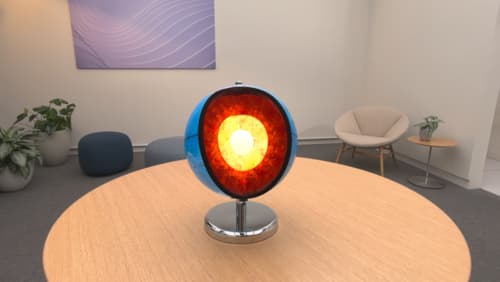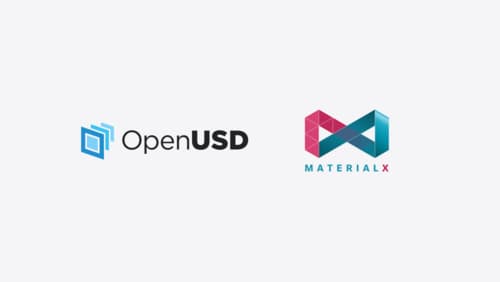show me all about usdz
Asked on 2024-07-30
1 search
Information about USDZ from WWDC 2024
Sessions Mentioned:
- Optimize your 3D assets for spatial computing
- What’s new in USD and MaterialX
- Explore object tracking for visionOS
Key Points:
-
USDZ Overview:
- USDZ is a zip format that packages all dependencies for an asset, such as textures, into an internal file structure. This makes it great for publishing and distributing assets. However, they can't be edited without unzipping. (Optimize your 3D assets for spatial computing)
-
Usage in Reality Composer Pro:
- When exporting assets, you can choose different USD file types. USDZ is particularly useful for AR assets due to its packaging capabilities. (Optimize your 3D assets for spatial computing)
-
Tools and Utilities:
- Apple provides several tools for working with USDZ files, including USD zip for creating portable USDZ packages and USD crush for compressing USDZ files. (What’s new in USD and MaterialX)
-
Object Tracking:
- For object tracking in visionOS, USDZ files are used to train machine learning models. The assets should be as photorealistic as possible to ensure the best tracking quality. (Explore object tracking for visionOS)
-
Integration with CreateML:
- CreateML can be used to train models with USDZ files. You can drag and drop USDZ files into the 3D viewport for training and verification. (Explore object tracking for visionOS)
-
Variants in USD:
- USD supports multiple representations of an object using a feature called variance. Quicklook now supports switching between variants interactively, and RealityKit API also supports specifying variants when loading a USD file. (What’s new in USD and MaterialX)
Chapter Markers for Detailed Exploration:
-
Optimize your 3D assets for spatial computing
- 0: Introduction
- 65: Before you begin
- 141: Polygon count
- 179: Export from DCCs
- 385: Efficient texture use
- 787: Optimizing materials
- 907: Sky dome setup
- 963: Image-based lighting
-
What’s new in USD and MaterialX
- 0: Introduction
- 43: Strong foundation
- 151: USD and MaterialX in RealityKit
- 280: Creative tooling
-
Explore object tracking for visionOS
- 0: Introduction
- 307: Create reference object
- 568: Anchor virtual content
Feel free to explore these sessions for more detailed information on USDZ and its applications!

Explore object tracking for visionOS
Find out how you can use object tracking to turn real-world objects into virtual anchors in your visionOS app. Learn how you can build spatial experiences with object tracking from start to finish. Find out how to create a reference object using machine learning in Create ML and attach content relative to your target object in Reality Composer Pro, RealityKit or ARKit APIs.

Optimize your 3D assets for spatial computing
Dive into an end-to-end workflow for optimized 3D asset creation. Discover best practices for optimizing meshes, materials, and textures in your digital content creation tool. Learn how to harness shader graph, baking, and material instances to enhance your 3D scene while optimizing performance. Take advantage of native tools to work more effectively with your assets and improve your app’s performance.

What’s new in USD and MaterialX
Explore updates to Universal Scene Description and MaterialX support on Apple platforms. Discover how these technologies provide a foundation for 3D content creation and delivery, and learn how they can help streamline your workflows for creating great spatial experiences. Learn about USD and MaterialX support in RealityKit and Storm, advancements in our system-provided tooling, and more.
